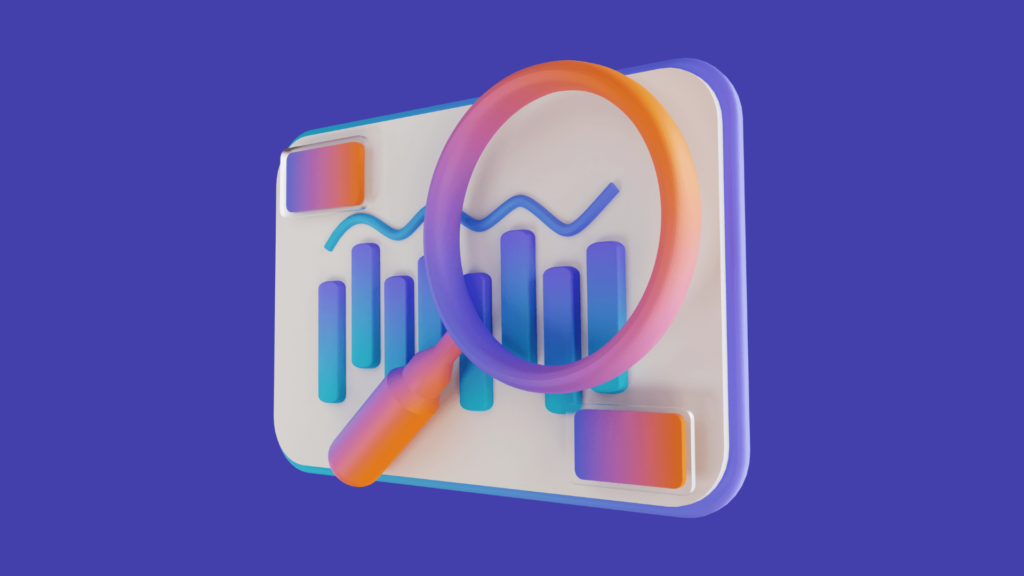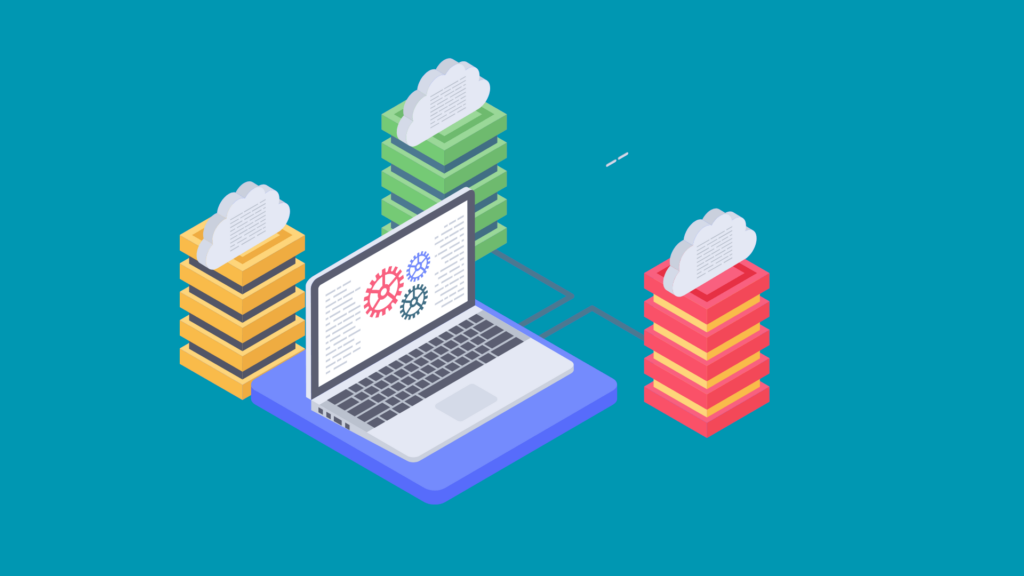How Much Traffic Can WordPress & WooCommerce Handle?
High traffic on a website is one of the key factors of search engine optimization. After all, the more eyeballs on your website, the more revenue you can generate. However, what most of us don’t know is that too much traffic without the right technology and infrastructure can be a huge turn-off for your online business, whether it is WooCommerce or any other tech stack.
While high traffic is generally a good thing that means you’re getting more customers, it needs to be noted that your servers are under increased demand, causing lag and potential site crashes. You also face increased security risks as more people access your website, making it a prime target for hackers.
No matter how risky it sounds, we can’t ignore the importance of organic traffic. So, it is really essential to prepare your website to handle continued growth without sacrificing user experience.
In this blog post, we will explore how much traffic WooCommerce can handle and how it affects your website. So let’s get started!
How Much Traffic Can WordPress Handle?
According to W3Techs, as of May 2023, around 43.1% of all websites on the internet use WordPress. However, just like all the other websites, the amount of traffic WordPress can handle solely depends on the hosting provider. There are three types of hosting plans that estimate how much traffic your WordPress website can handle. Let’s have a look at each one of them;
Shared Hosting
Shared hosting is a type of hosting plan that allows multiple websites to use one virtual server. Roughly speaking, shared hosting can handle around 10k to 50k page views per month. The pageviews also vary from one host to another.
If you’re starting and testing your store, still gaining popularity, you can start with shared hosting for some time, and when your traffic exceeds what your shared plan allows you to (thousands or probably tens of thousands of visits a month), you can upgrade to a VPS.
VPS Hosting
VPS hosting, on the other hand, provides a greater degree of control over your virtual server environment. This means you are assigned a specific amount of resources that are yours to use as you see fit. This level of customization is not possible with shared hosting.
With VPS hosting, the performance of your website is not impacted by other websites on the server since you have your dedicated resources and the flexibility to tailor the environment to your exact needs.

Dedicated Hosting
Dedicated hosting is the most advanced option, providing the highest degree of control and resources. This option is ideal for larger websites that require high traffic and complex infrastructure. With dedicated hosting, you have complete control over the physical server, allowing you to configure it to your specifications. Unlike shared and VPS hosting, no one else is using any of your own physical servers.
How Much Traffic Can WooCommerce Handle?
According to W3Techs, about 12.8% of CMS websites use WooCommerce. High traffic is a shining neon sign that a large number of people are interested in your products. There are several benefits of high traffic such as engagement, increased revenue, and brand awareness. But how do you know how much traffic is too much traffic?
Well technically speaking, it depends on your hardware, hosting servers, and maintenance capabilities of your WooCommerce stores. WooCommerce itself is able to handle thousands of transactions and pageviews per minute.
You’ll find various WooCommerce stores with more than 100,000 products on their website supporting almost unlimited page views every minute. It indicates that WooCommerce is flawlessly scalable meaning it can handle tons of traffic without compromising on user experience and website loading speed.
Factors Determining How Much Traffic WooCommerce Can Handle
Too much traffic can also put a strain on website resources, such as website load time and server bandwidth. It can have a huge negative effect on your business if your website is not optimized to handle the high volume of traffic. There are some factors that affect the number of traffic a website can handle. Once you know about these factors, you can easily prepare your website for higher spikes of traffic.
1. Web Hosting Provider
One of the biggest factors that your website traffic depends on is your web hosting provider. As discussed earlier, there are three types of WordPress hosting servers each with an ability to handle different amounts of traffic.

Each hosting plan comes with a specific set of settings (uptime guarantee, support, reliability, bandwidth), and so based on your needs, you have to pick the correct plan that serves your customers.
Going for the wrong hosting will not only decrease the loading time of your website, but it will also have a negative impact on your reputation.
2. CDN (Content Delivery Network)
Woocommerce website performance is affected by the location of its hosting server compared to its visitors. The farther the server is from visitors, the slower the website loads.
Content Delivery Networks (CDNs) can help mitigate this problem. Content Delivery Networks (CDN) work to distribute content globally, making it easily accessible to visitors from different locations and reducing server loads, and improving website load times.
A CDN is a really smart way to handle sudden traffic spikes and stop your website from crashing down during busy times. Plus, it prevents your website from unwanted traffic, malware, DDoS attacks, and data breaches.
3. Plugins
Plugins add functionality to your website, but installing too many plugins can slow down your website, meaning your visitors have to wait longer for the page to load which can increase the bounce rate. According to a survey conducted in 2018, with every second of delay in the website loading time, the overall conversions dropped by 20%.

Every plugin you install adds extra code to your website, and this code can cause conflicts or errors that negatively impact your website’s performance. In addition, it also increases the chances of a security breach. So make sure you don’t have tons of unused and unneeded plugins.
Always choose reliable, well-coded, and regularly updated plugins, and limit the number of plugins you install on your website. Go through your plugins and deactivate or uninstall those you haven’t used for ages.
4. Themes
When designing websites, most people love to use aesthetic themes to make their website look more appealing while completely ignoring the technical aspect. A good theme should be responsive, fast, and optimized for search engines. A poorly coded, bloated, heavy, and un-optimized theme can slow down your website and lead to poor customer experiences.
Keep in mind that it is not only about selecting a beautiful theme. Make sure to test the theme regularly and if it is poor, uninstall it and change to a better one.
5. Number of Products
Having too many products on your website can slow down its performance. Ensure that your products are well-organized and properly categorized to make them easily accessible to your customers.

Too many products on a single page can also affect the speed so divide your products into several categories. Display only a few products per page to improve your website’s speed and make sure each page is optimized enough to handle high traffic.
You can use our Product per Page plugin to control how many plugins you want to display on a single page of your website.
Bottom Line
In conclusion, depending on the hosting, CDN, themes, plugins, and number of products, WooCommerce can handle varied traffic volumes. Therefore, to ensure that your website always operates in optimal condition, it is crucial to pay attention to these factors.
Regularly monitor and maintain your website, select a reliable hosting provider, choose themes and plugins carefully, reduce your products per page, and use CDNs. Ultimately, this will go a long way in ensuring your website can handle high volumes of traffic.







